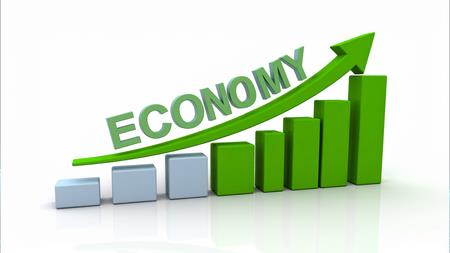India's Corporate Credit Profile Demonstrates Resilience Amid Global Uncertainties: Report
The domestic-focussed nature of the Indian economy would likely limit the broader macro impact posed by higher US tariffs.
"Domestic consumption is likely to receive a boost from GST rate rationalisation, income tax relief, transmission of rate cuts, and easing food inflation, particularly aiding urban demand, which has seen uneven recovery thus far," ICRA Ratings said in its report.
The imposition of a steep 50 per cent tariff on Indian exports to the US presents a significant challenge for exporters, particularly in sectors such as cut and polished diamonds (CPD), textiles, and seafood, which are heavily reliant on the US market.
"In view of these positive domestic trends, ICRA has revised its GDP growth forecast for FY2026 upward by 50 basis points to 6.5 per cent, helping to cushion the adverse effects of the US tariffs," said K. Ravichandran, Executive Vice President and Chief Rating Officer, ICRA.
The potential extension of protectionist measures to the services sector remains a key monitorable. If enacted, the proposed HIRE Act could significantly disrupt India's outsourcing industry, given its substantial reliance on the US market, he added.
During the first half of the current fiscal year (H1 FY2026), ICRA upgraded the ratings of 214 entities while downgrading 75, resulting in a robust Credit Ratio of 2.9 times.
Rating upgrades in H1 FY2026 were largely driven by entity-specific factors such as the improvement in business fundamentals, strengthening of the parent's credit profile, and reduced project risks in sectors like power and roads.
Key business drivers included market share expansion, order book growth, operating leverage from scale, and favourable shifts in product mix and cost structures, the report said.
According to the report, the 50 per cent tariffs imposed by the US on Indian exports pose a significant risk to India's merchandise trade going forward.
Given that the US accounts for nearly 20 per cent of India's exports, and 50–60 per cent of these are now vulnerable, merchandise exports could contract by approximately 4–5 per cent YoY in FY2026 if the higher tariffs persist through March 2026.
"Despite the external headwinds, the overall impact on the Indian economy is expected to remain limited due to its domestic-oriented nature, with exports to the US accounting for only 2 per cent of the GDP," added Ravichandran.
Domestic private consumption, which contributes 57 per cent to the GDP, is poised to get a boost from the recent GST rate rationalisation, which is likely to enhance affordability and stimulate household spending, he said further.

Legal Disclaimer:
MENAFN provides the
information “as is” without warranty of any kind. We do not accept
any responsibility or liability for the accuracy, content, images,
videos, licenses, completeness, legality, or reliability of the information
contained in this article. If you have any complaints or copyright
issues related to this article, kindly contact the provider above.
Most popular stories
Market Research

- Seoul Exchange, One Of Only Two Licensed Platforms For Unlisted Securities, Will Exclusively Use Story To Settle Tokenized Rwas
- Phase 6 Reaches 50% Mark As Mutuum Finance (MUTM) Approaches Next Price Step
- 0G Labs Launches Aristotle Mainnet With Largest Day-One Ecosystem For Decentralized AI
- Solotto Launches As Solana's First-Ever Community-Powered On-Chain Lottery
- Kintsu Launches Shype On Hyperliquid
- Blockchainfx Raises $7.24M In Presale As First Multi-Asset Super App Connecting Crypto, Stocks, And Forex Goes Live In Beta






















Comments
No comment